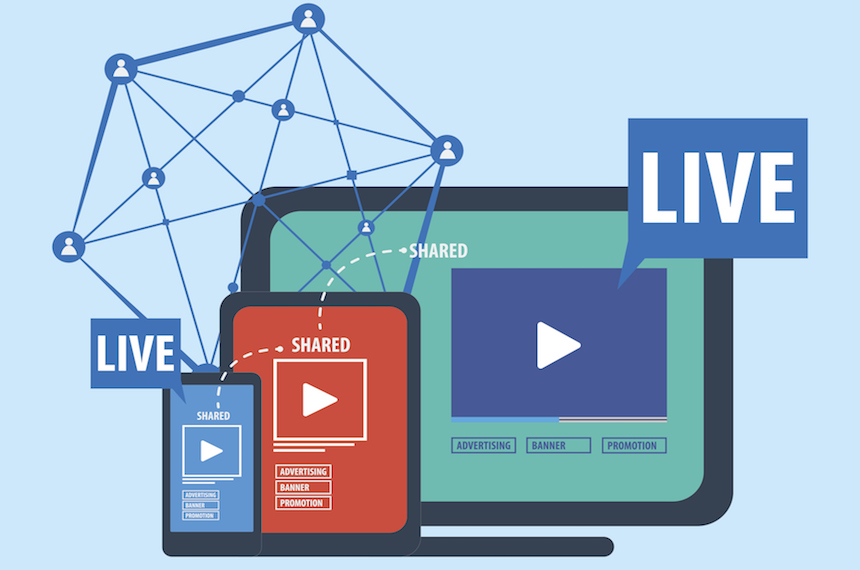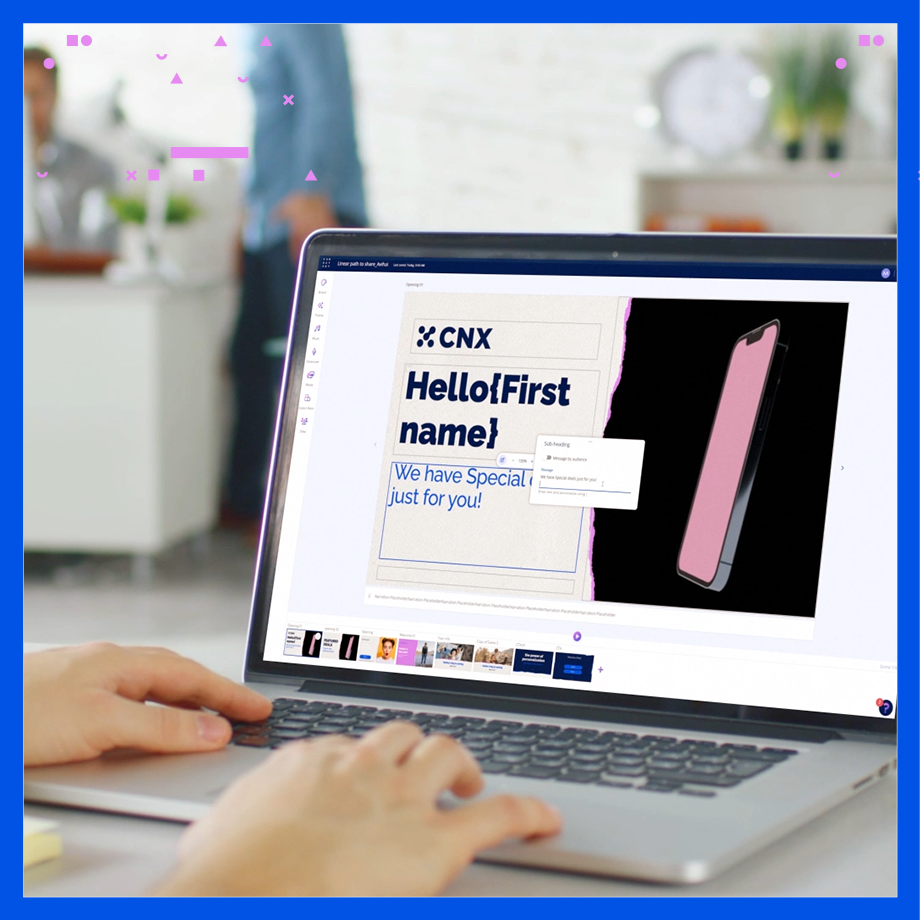Personalized videos are impactful in connecting with customers, but one important early consideration is how to generate the videos. As digital marketers commit more resources toward personalization and leveraging the power of ‘big data’ to maximize the results of those initiatives, real-time video is fast becoming the preferred content format for personalization.
What exactly is meant by real-time video?
To qualify as real-time, a video must generate at the time the consumer clicks to view it. This means the video includes content that is either “fresh” or cannot be constructed or calculated in advance.
Examples of real-time video include:
- A video with one narration at the opening scene on the first view, but a different narration at the same opening scene on the second view. If a consumer receives a video that discusses a payment due and the consumer pays the balance online, a reprise of the video afterwards contains a different narration such as, “Thank you for your recent payment.”
- A product showcase video for an ecommerce site with dynamic pricing, changing multiple times throughout the day (e.g. eBay, Amazon). Prices shift based on factors such as supply and demand, competition prices or stock levels.
- An email confirmation video describing a consumer’s recent purchase, followed by a retargeted video ad recommending additional relevant items (these purchase suggestions are real-time data which varies according to the consumer’s browsing history).
In summation: if a consumer watches the same video twice, two minutes apart, and potentially receives two different videos – it’s real-time video.
For personalized engagement with real-time video, brands must determine a delivery approach for their data in alignment with personalization strategies and, ultimately, the desired customer experience. The more real-time, “fresh” content there is in videos, the more the consumer feels the video “talks to him” and “understands her.” This is key in strengthening customer engagement.
There are two other factors to consider with regards to personalized real-time videos:
Security
Personalized real-time videos require data unique to an individual, meaning sensitive customer information must be secure and within a brand’s control. In a real-time delivery format, this data is used in memory only, but is not stored. The video streams to the viewer upon request. Following the video’s generation and consumption, all traces of the data and the video erase promptly. If the consumer wants to view the video again, the consumer requests another video, and the video generates in real time – again.
Accuracy
Real-time video generation ensures videos are delivered with the most accurate and up-to-date data available, creating a much more involving and customized experience. When a video depicts the most current status of a consumer’s account, it’s as if the video is “alive,” reacting instantly to a consumer’s responses. The actions flow from one to another seamlessly, with no lag time in between. In one continuous engagement, for example, a consumer can view their video bill, pay the balance and receive a video confirmation of payment.
There may be cases where pre-made, batch videos make sense, e.g., if consumer data changes infrequently or if retrieving a real-time feed of particular data types is too challenging.
However, if brands want to remain engaged with customers, delivering highly personalized real-time videos leveraging dynamic customer data is the most efficient way.







